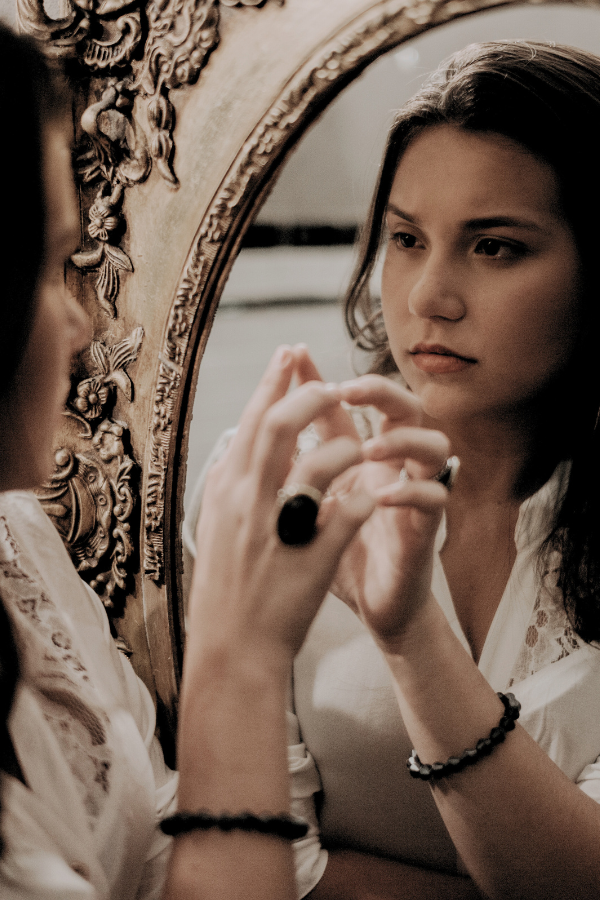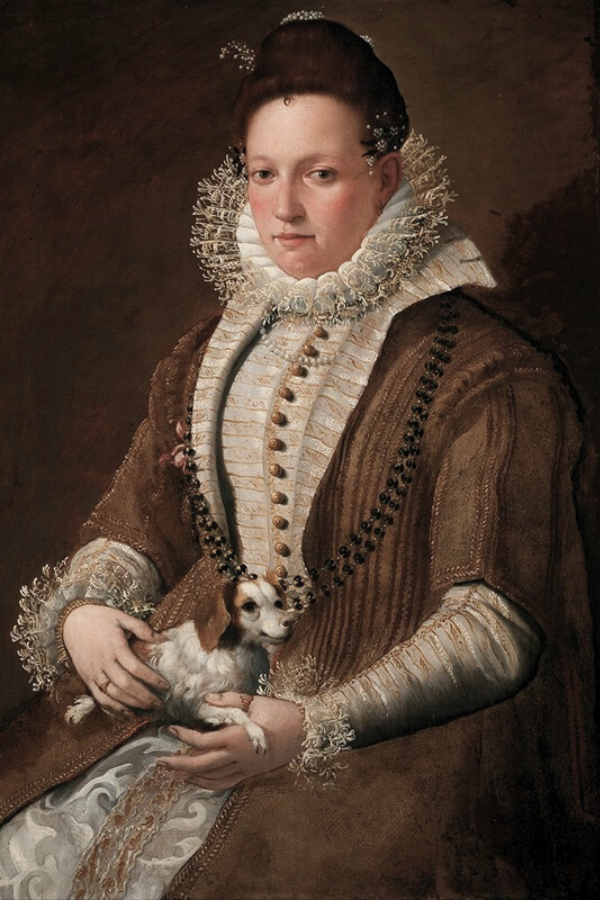

Lavinia Fontana: The First Female Career Artist in Western Europe
Summary
Reflection Questions
Journal Prompt
Lavinia Fontana (1552 – 1614) was an Italian painter from Bologna, and is regarded as one of the most important female artists of the Renaissance period. She was a trailblazer in many respects, being one of the first women to pursue a career in art in a professional capacity in Western Europe and the recipient of significant honors like the Bronze Portrait Medallion cast by Casoni at the court of Pope Paul V. Her work and career helped pave the way for future generations of female artists. Fontana is best known for her portraits, which were highly sought after by the nobility and the wealthy patrons of her time. Fontana’s career was groundbreaking not only because she was a woman in a male-dominated field but also because she worked outside the traditional confines of Italian women artists of the time. Art historians note that her success as a professional artist was also notable for how it intersected with her role as a wife and mother. Let’s delve deeper into Fontana’s incredible career painting portraits as the first woman artist to practice professionally in Western Europe.
Fontana’s Early Life and Education
Lavinia Fontana was born in 1552 in Bologna, Italy, into an artistic family which played a crucial role in shaping her career. Her father, Prospero Fontana, was a well-known painter and a prominent figure in the Bolognese School of painting. Growing up in this environment, Lavinia was exposed to art from a young age, and her father’s workshop provided her first encounter with the world of painting.
This familial setting not only nurtured her early interest in art but also provided her with a supportive space to develop her skills. The fact that her family encouraged her artistic pursuits was somewhat exceptional for the time, as women often faced significant obstacles in accessing artistic training and professional opportunities.
Education in Art and Early Training
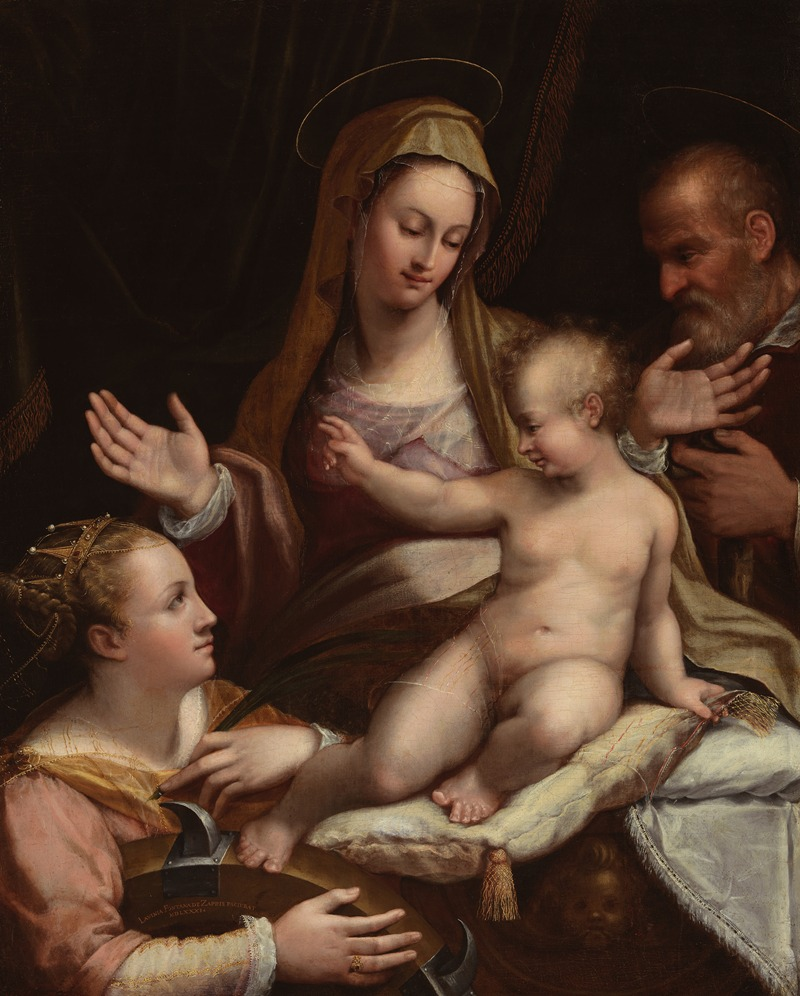

Fontana’s primary education in art came from her father, who recognized her talent and provided comprehensive training. Under his tutelage, she learned the fundamentals of drawing, painting, and the techniques of the Mannerist style prevalent during that period. Prospero’s guidance was instrumental in honing her skills in portraiture and religious themes, which later became the mainstay of her career.
Lavinia’s early works, influenced by her father’s style, showcased remarkable technical ability and an emerging personal style. Her education was not limited to her father’s workshop; she also had exposure to the vibrant artistic community in Bologna, which was known for its openness to female artists compared to other art centers in Italy.
Social and Cultural Barriers for Women in the Arts During Her Time
Despite her supportive family background, Lavinia Fontana faced considerable social and cultural barriers as a woman artist in the 16th century. The professional art world was overwhelmingly male-dominated, and women were generally excluded from formal training, especially in life drawing, which was considered inappropriate for women. This exclusion significantly limited their opportunities in genres like history painting, which was highly valued at the time.
However, some Italian city-states were notably more receptive to female artists than others. Bologna, where Fontana was based, was known for this relative openness.
Still, societal expectations of women focused on domestic roles, making it challenging for them to pursue careers, let alone in the field of art. Fontana’s success, therefore, was not just a testament to her exceptional talent but also her ability to navigate and overcome these societal constraints. Her achievements marked a significant step forward in challenging the norms and opening up the world of art to future generations of women.
The Artistic Career of Lavinia Fontana: Italian Painter and Trailblazer
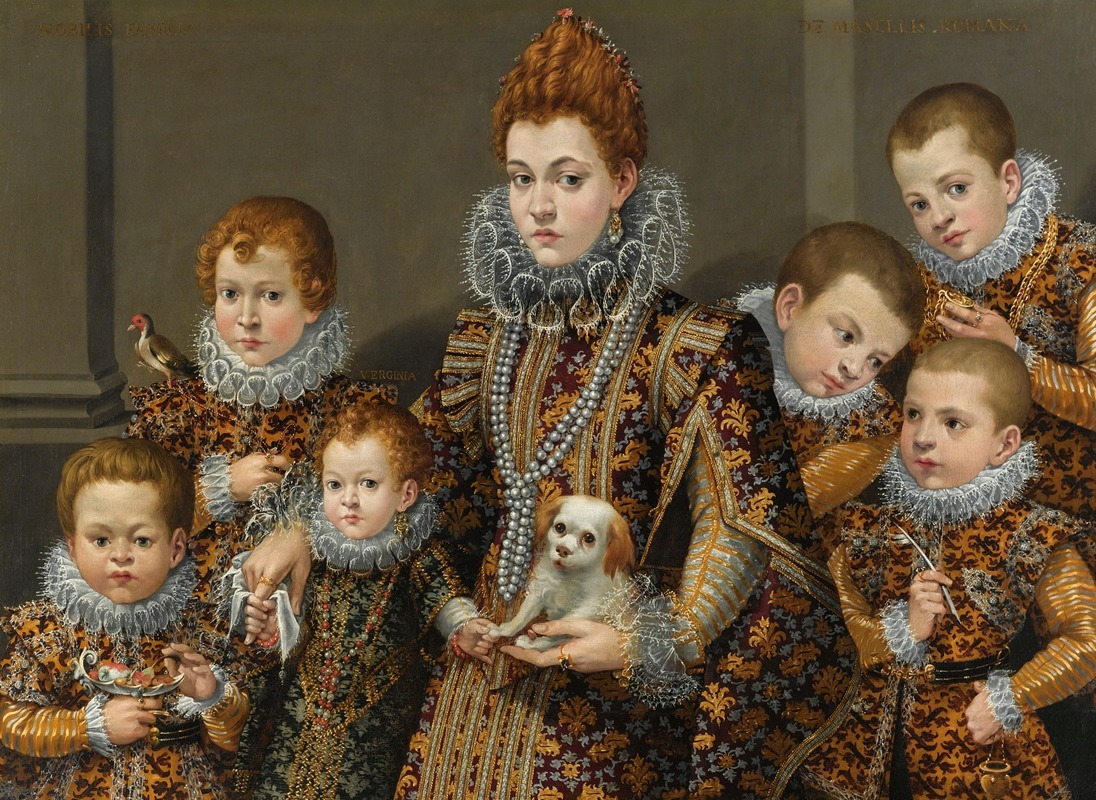

Lavinia Fontana’s artistic career blossomed in Bologna, a city known for its more progressive attitudes towards women in the arts. Her career began in earnest within her father’s workshop, but she soon established her own distinct reputation. In a time when women artists were an anomaly, Fontana navigated the art world with exceptional skill and determination.
She garnered attention and acclaim through her detailed and realistic portraits, a genre that allowed her greater accessibility in the professional art sphere. Her marriage to Paolo Zappi, also a painter, did not hinder her career; in fact, Zappi took on a supportive role, assisting with household affairs and even in her studio. This partnership enabled Fontana to continue her work unabated, a rarity for women of her era.
Key Milestones and Achievements
Throughout her career, Fontana achieved numerous milestones that were extraordinary for a female artist of her time. She received public commissions, a significant achievement indicating her recognition and respect in the artistic community.
Her work was sought after by the upper echelons of society, including the nobility and the Church, which was testament to her skill and prestige. Fontana was also invited to Rome by Pope Clement VIII, a rare honor that further solidified her standing as a leading artist. In addition, she became a member of the Roman Accademia di San Luca, an extraordinary recognition for a woman in the 16th century, breaking significant gender barriers in the process.
Types of Works She Produced
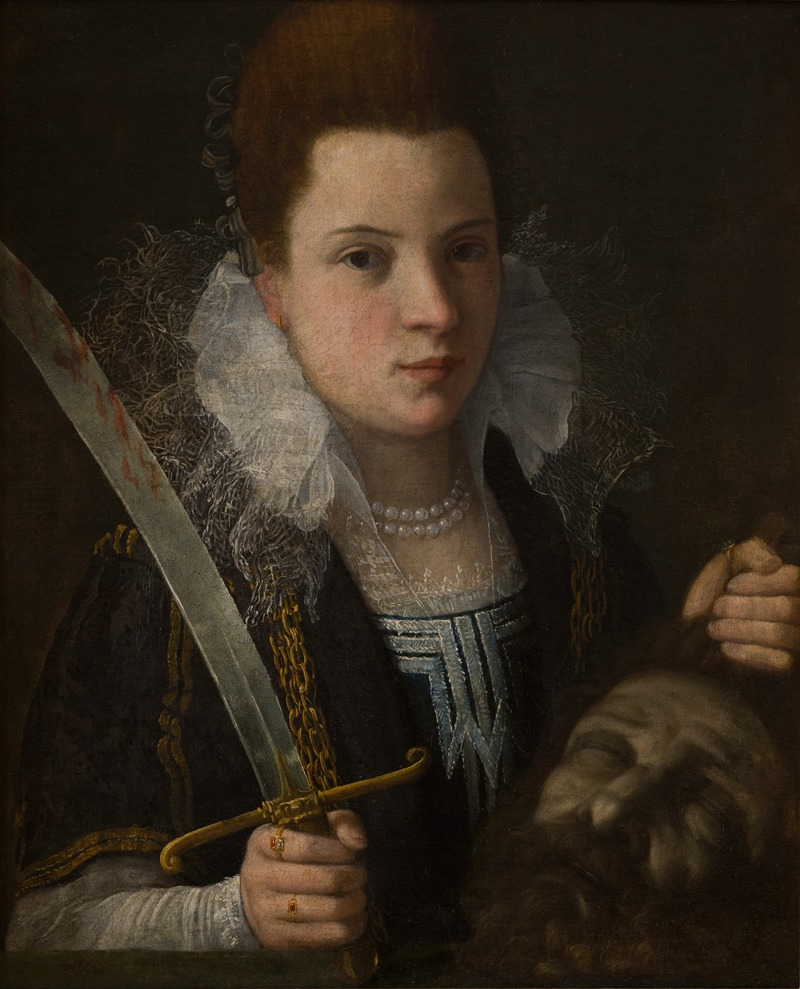

Fontana’s oeuvre is diverse, predominantly featuring portraits and religious themes. Her portraits, ranging from individuals to group family portraits, are particularly noted for their meticulous detail, vibrant colors, and the psychological depth she conveyed in the likenesses of her sitters.
Fontana’s religious works, often commissioned by churches and religious institutions, display a masterful handling of traditional religious subjects, imbued with a sense of realism and emotional depth. She also ventured into mythological themes and was one of the few women artists of her time to paint female nudes.
Her works were not only remarkable for their artistic quality but also for their subtle challenge to the gender norms of her time, often portraying strong, intellectual women and female saints. From each self portrait and court painting to her first female nude and her many religious paintings, her work during the Italian Renaissance is nothing short of incredible. Today, her work is housed in the National Museum of Women in the Arts, the Los Angeles Count Museum of Art, and in other institutions across the globe.
Fontana’s Style and Techniques
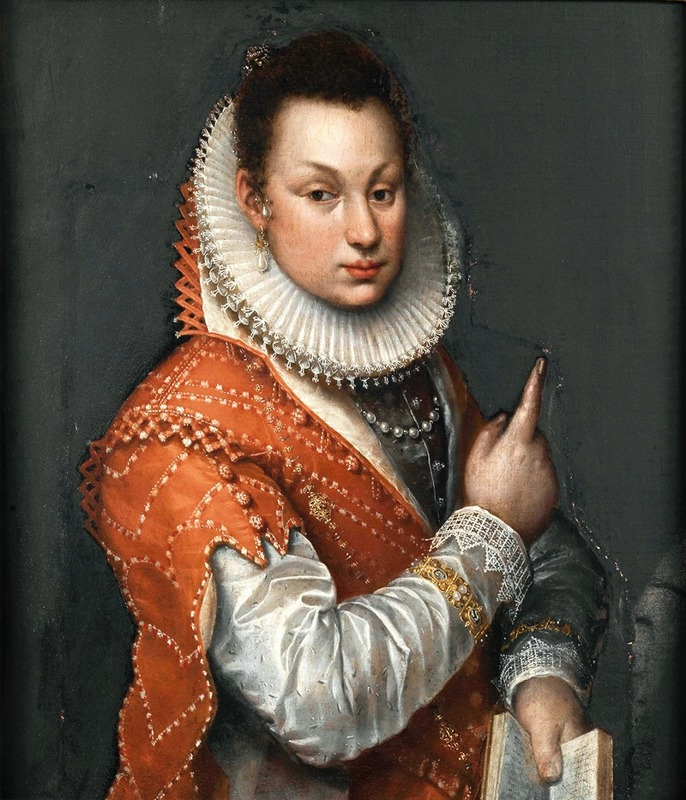

Lavinia Fontana’s artistic style is characterized by a combination of meticulous realism and expressive sensitivity, hallmarks of the Mannerist style prevalent during her time. Her portraits, in particular, are notable for their attention to detail and the vivid portrayal of fabrics and textures, bringing a tangible quality to her subjects’ attire and surroundings.
Fontana also had a knack for capturing the psychological depth and individuality of her sitters, lending a personal and intimate aspect to her portraits. In her religious works, she often infused a sense of drama and emotion, indicative of the Mannerist style’s influence, while maintaining a clear narrative. Fontana’s compositions were typically balanced and harmonious, with a keen eye for color and light, which added a sense of vitality and realism to her paintings.
Techniques and Mediums Used
Fontana primarily worked in oil paint, a medium that allowed for rich coloration and intricate detailing, which were signatures of her work. Her technique involved careful layering and a smooth application of paint, which contributed to the lifelike quality of her subjects and the luxurious depiction of textiles and materials.
She also demonstrated skill in handling light, using it to enhance the three-dimensionality and presence of her figures. In addition to oil paintings, Fontana produced drawings and used other mediums, though her oil portraits and religious scenes are what predominantly define her artistic legacy.
Comparison with Her Contemporaries
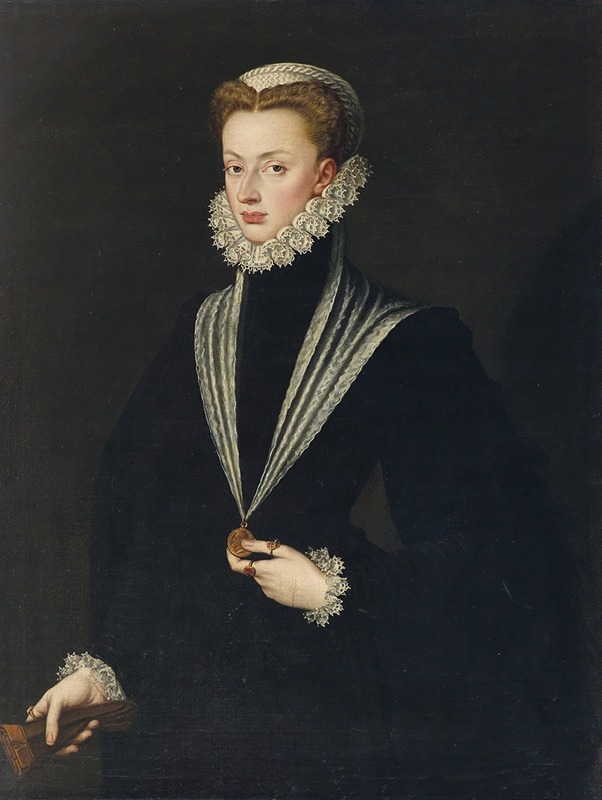

Comparing Fontana’s work with her contemporaries, it is evident that she upheld the high standards of the Mannerist style common in late Renaissance Italy. However, she distinguished herself through her exceptional ability to render lifelike portraits with a depth of personality and detail.
While contemporaries like Sofonisba Anguissola and Artemisia Gentileschi also made significant contributions as female artists of the time, Fontana’s extensive body of work, especially her success with public commissions and portraits of noble figures, set her apart.
Her emphasis on realism and individual character in her portraits was in line with the era’s artistic trends, yet her personal touch provided a unique and lasting impact on the art of portraiture.
Lavinia Fontana’s Major Works and Commissions
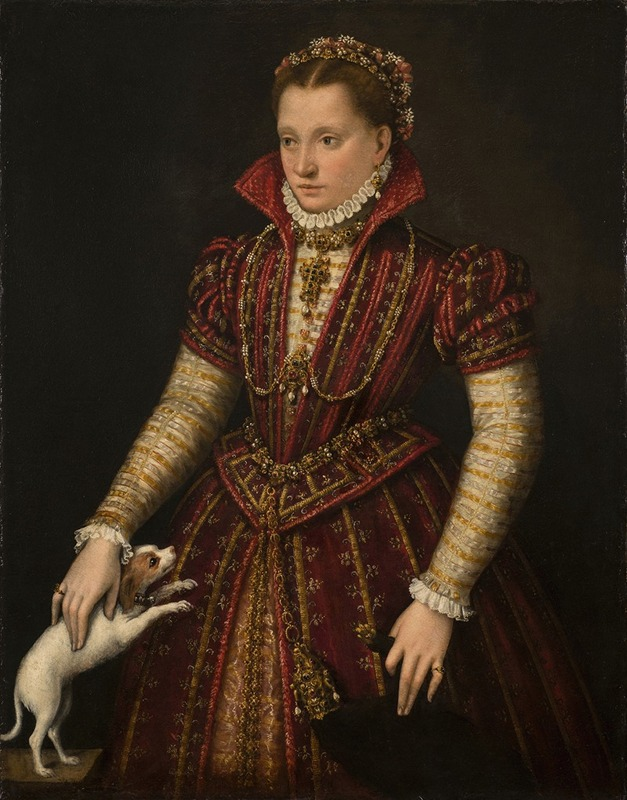

Among Lavinia Fontana’s most acclaimed works is the “Portrait of a Noblewoman”, circa 1580, which is often celebrated for its detailed depiction and the dignified portrayal of the subject. This painting exemplifies her skill in portraying female subjects with grace and complexity.
Another significant work is “Self-Portrait at the Clavichord with a Servant”, which is notable not just for its artistic excellence but also for being a self-portrait, a rarity for female artists at the time. This painting reflects both her personal identity as an artist and her status in society.
Her religious paintings, such as “The Holy Family with Saints”, showcase her ability to handle traditional religious themes with a personal and emotive touch, while still adhering to the conventions expected in religious art.
The Significance of Her Commissions from Nobility and Religious Institutions
Fontana’s commissions from nobility and religious institutions were not only a testament to her exceptional talent but also significant in elevating the status of women in the arts. Her ability to secure such high-profile commissions was groundbreaking at a time when such opportunities were typically reserved for male artists.
These commissions allowed her to demonstrate her versatility and skill in handling a range of subjects, from personal portraits to grand religious narratives. Her success in these areas challenged the prevailing notions of what women could achieve in the arts and paved the way for future generations of female artists.
Impact of Her Works on the Perception of Female Artists
The impact of Fontana’s works on the perception of female artists was profound. Through her successful career and the high quality of her work, she helped to alter the traditionally held beliefs about the capabilities of women in the professional art world.
Her achievements provided tangible proof that women could not only participate in the arts but also excel and gain recognition in realms previously dominated by men. Fontana’s legacy is seen in the gradual shift in attitudes towards female artists and the increasing opportunities for women in the arts that followed her era. Her life and work continue to inspire and empower female artists, highlighting the potential for women to succeed in the field of art on their own merits.
Fontana’s Contribution to Women in Art
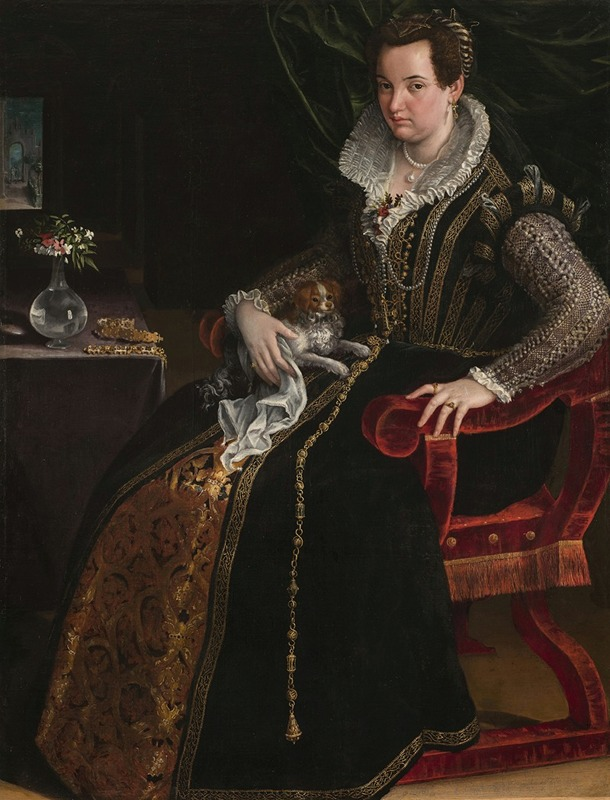

Lavinia Fontana’s career in the late 16th and early 17th centuries represented a significant breakthrough in the gender barriers of the art world. At a time when the professional art scene was predominantly male-dominated, Fontana not only entered this sphere but also achieved considerable success and recognition.
Her ability to secure public commissions and be accepted into artistic circles, where women were often excluded, marked a notable deviation from the norm. Fontana’s success was not just in her skill as an artist but also in her ability to navigate and excel within a professional landscape that was largely inaccessible to women. By establishing herself as a respected artist in a male-dominated field, she challenged the prevailing gender norms and opened doors for future generations of women in art.
Role as a Trailblazer for Future Female Artists
As one of the first female career artists in Western Europe, Fontana played a trailblazing role for future female artists. Her success laid the groundwork for other women to pursue careers in the arts, demonstrating that they too could aspire to and achieve professional recognition in this field.
Fontana’s life and work served as a tangible example that women could overcome societal constraints and succeed as artists. Her achievements provided a source of inspiration and a point of reference for subsequent generations of women artists who fought for their place in the art world. By proving that women could produce work of equal quality and complexity as their male counterparts, Fontana helped to slowly shift the perception and acceptance of women in the professional art sphere.
Influence on Women’s Place in the History of Western Art
Lavinia Fontana’s influence extends beyond her own artistic contributions; she played a pivotal role in shaping women’s place in the history of Western art. Her successful career as a painter in a period when women were typically relegated to the margins of the art world is a testament to her resilience and talent.
Her work not only enriched the artistic landscape of her time but also provided a crucial precedent for the inclusion and recognition of women in art history. Fontana’s legacy has encouraged a re-examination of art history, prompting greater recognition and appreciation of the contributions of women artists. Her story is a reminder of the diverse and rich history of art that includes voices and perspectives that were historically overlooked or undervalued.
A Glimpse Into Fontana’s Personal Life
Lavinia Fontana’s personal life was as remarkable as her professional achievements, especially considering the context of her time. Born in 1552 in Bologna, Italy, to a well-known painter Prospero Fontana, she grew up in an artistic environment that undoubtedly shaped her future career.
In 1577, Fontana married Paolo Zappi, a minor nobleman from Imola. Notably, their marriage marked a significant departure from the norm for women artists of the era. Instead of abandoning her career upon marriage, which was the common expectation, Fontana continued to pursue her art. Paolo Zappi supported her career, even taking on a more domestic role, which was highly unconventional for a man of his status during that period. This support was crucial in enabling Fontana to continue her work unabated.
The couple had 11 children, although not all survived to adulthood. Despite the considerable demands of motherhood, Fontana successfully balanced her familial responsibilities with her career, a feat that was extraordinarily rare for women of her time. Her ability to maintain a successful career as a mother and wife was groundbreaking and challenged the traditional gender roles of the Renaissance era.
Fontana’s move to Rome in 1603, after being invited by Pope Clement VIII, was another significant chapter in her life. There, she continued to receive important commissions and remained professionally active until her death in 1614. Her life in Rome further solidified her reputation and allowed her to end her career on a high note.
Overall, Lavinia Fontana’s personal life was marked by a series of non-traditional choices and the unwavering support of her husband, which together played a crucial role in her success as an artist. Her life story is not just about her individual talent but also about challenging societal norms, balancing personal and professional responsibilities, and redefining the role of women in the Renaissance.
Her Later Years and Legacy


In her later years, Lavinia Fontana continued to paint and receive commissions, though the frequency of her work slowed down. After a successful career in Bologna, she moved to Rome in 1603, following an invitation from Pope Clement VIII. In Rome, she continued to enjoy patronage from the highest echelons of society, including the papal court, and produced several significant works.
Her life in Rome was marked by both professional respect and personal fulfillment, as she balanced her role as an artist with her responsibilities as a wife and mother to eleven children. Fontana continued to work until her death in 1614, leaving behind a legacy of a prolific and successful career in an era when such achievements were rare for women.
Overview of Her Legacy and Influence on Art History
Lavinia Fontana’s legacy in art history is profound. She is remembered not only as a skilled painter of the Mannerist and early Baroque periods but also as a pioneer who challenged the gender norms of her time. Fontana’s success in a male-dominated field paved the way for future generations of women artists.
Her work, particularly in portraiture, displayed a technical proficiency and a sensitivity to detail that were highly admired. She contributed significantly to the art of her time, influencing both her contemporaries and those who followed. Fontana’s life and career are important in understanding the broader context of women’s roles in the arts during the Renaissance and the evolution of female participation in the art world.
Recognition and Revival of Interest in Her Work in Modern Times
In recent years, there has been a resurgence of interest in Lavinia Fontana’s work, as part of a broader effort to recognize and celebrate the contributions of women in art history. Her paintings are increasingly being exhibited and studied, highlighting her role as a trailblazer for women artists.
Art historians and scholars are re-evaluating her impact and including her more prominently in the narrative of Renaissance art. This renewed interest has brought greater awareness and appreciation of her achievements, ensuring that her contributions are recognized and valued. Fontana’s story, marked by both talent and tenacity, continues to inspire contemporary artists and art enthusiasts, solidifying her place as a significant figure in the history of Western art.
However, it’s important to note that not all of her works are signed, and some works previously attributed to her have been reassigned to male contemporaries in modern times.
Final Thoughts on Lavinia Fontana’s Work and Life
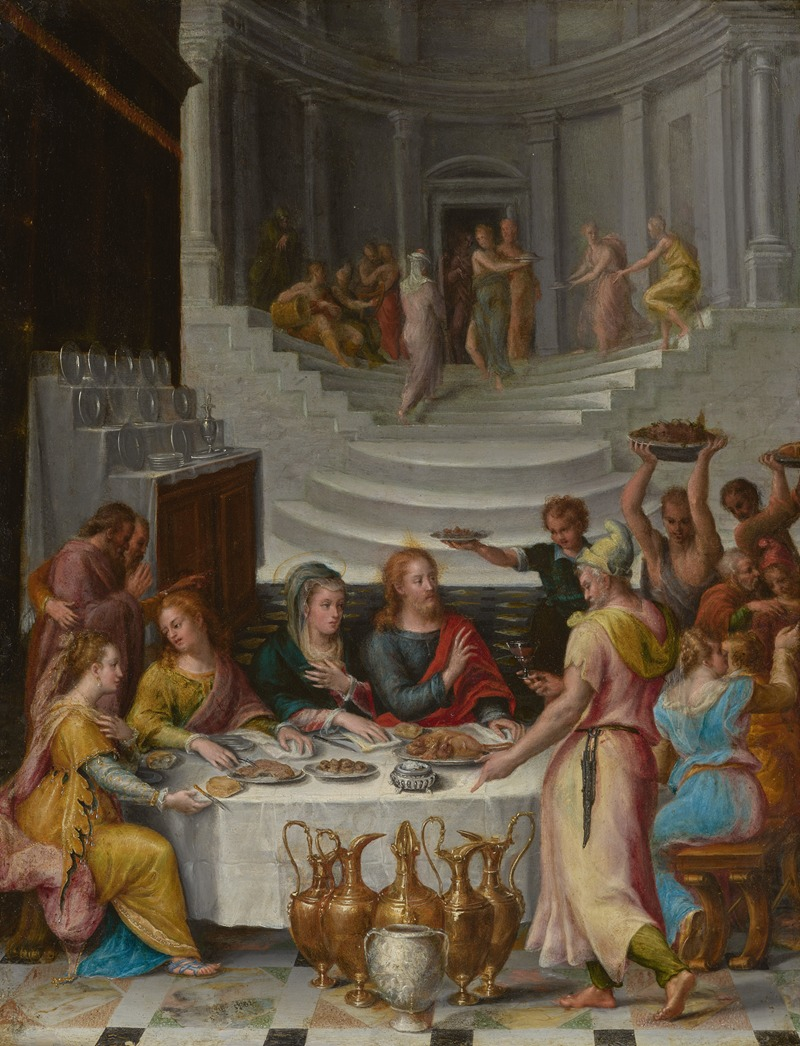

Lavinia Fontana’s legacy endures not only in the beauty and mastery of her artwork but also in the inspiring story of her life and career. She serves as a beacon for future generations of artists, especially women, exemplifying what can be achieved despite societal constraints. Her journey underscores the importance of perseverance, skill, and the courage to defy traditional roles.
Fontana’s life is a compelling reminder of the rich yet often overlooked contributions of women in art history. In modern times, as we witness a growing recognition and appreciation of women’s roles in the arts, Fontana’s story resonates even more powerfully, encouraging continued exploration and reevaluation of women’s contributions to the rich tapestry of art history. Her legacy continues to inspire artists today, embodying the notion that creativity and talent know no gender boundaries.







